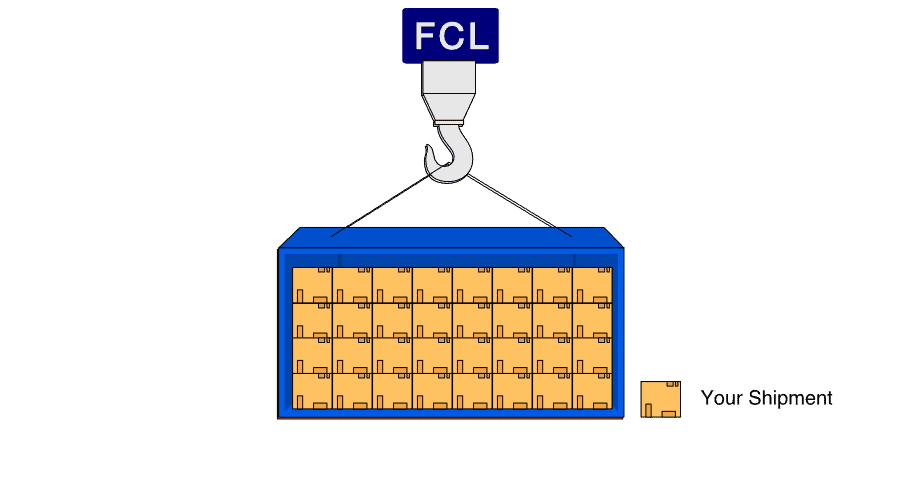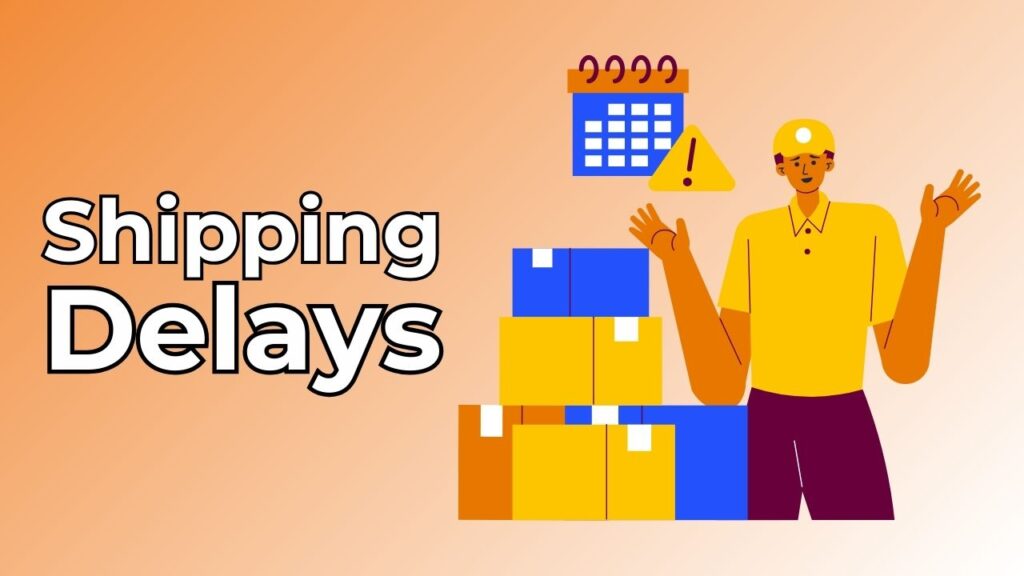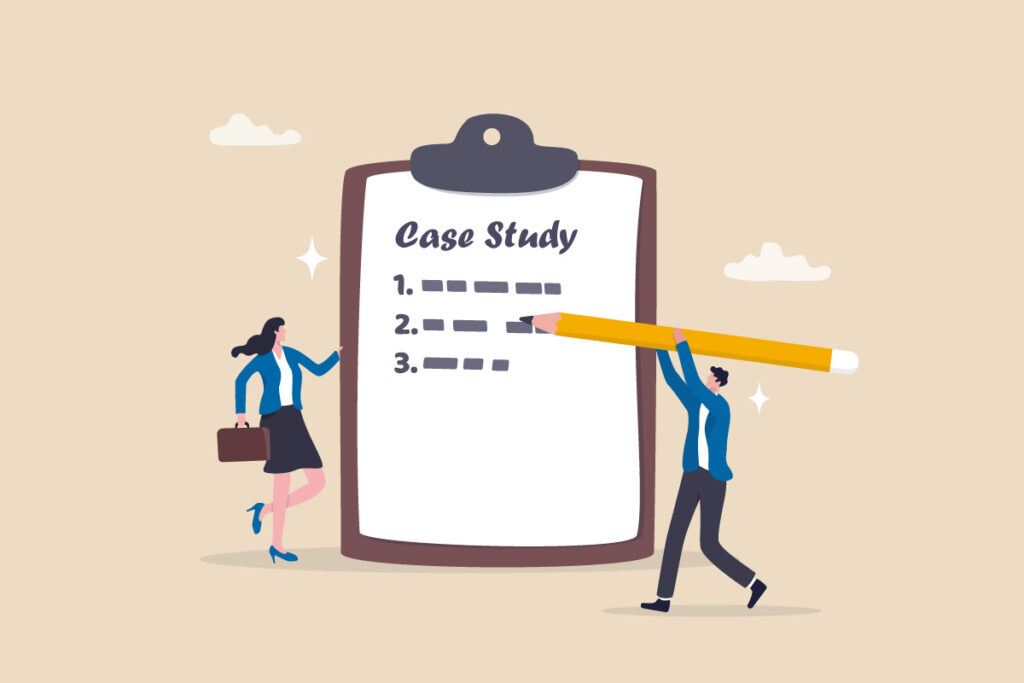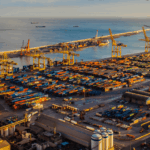- By TOP CHINA FREIGHT
- September 30, 2025
- Shipping
FCL shipping China to Belgium is one of the most reliable and cost-effective methods for businesses moving bulk cargo between Asia and Europe. With Belgium’s strategic location in Europe and China’s vast manufacturing capacity, full container load (FCL) shipping ensures efficiency, security, and scalability for international trade. This guide will take you through the process step by step—from preparing goods in China to customs clearance in Belgium

Step 1: Understand FCL Shipping Basics
Before starting, it’s important to understand what FCL means.
FCL (Full Container Load):
You rent the entire container exclusively for your goods.
Advantages:
Lower risk of damage, faster handling, and more economical per unit when shipping in volume.
Container Types:
- 20ft (ideal for up to 28–30 CBM or ~25 tons)
- 40ft standard (up to 58–60 CBM)
- 40ft high cube (up to 68 CBM, perfect for lightweight but bulky cargo)
FCL is the best option if your shipment exceeds 15 CBM or if you prefer not to share space with other importers.
Step 2: Choose the Right China Supplier & Forwarder

The FCL shipping process begins with your supplier in China. Reliable suppliers ensure correct packaging, labeling, and export documents. At the same time, selecting the right China freight forwarder is crucial.
Supplier’s Role:
Prepare goods, issue commercial invoice & packing list, book factory pickup.
Forwarder’s Role:
Arrange container booking, manage export clearance, organize sea transport, and assist with import clearance in Belgium.
Tip:
Always compare quotes from at least three freight forwarders. Look for transparency in costs (ocean freight, documentation, port fees, and duties).
Step 3: Book the Container & Transport to Port
Once your goods are ready, your forwarder books the container with the shipping line.
Container Delivery:
The empty container is delivered to your supplier’s warehouse or factory.
Loading Process:
Goods are palletized, stuffed into the container, and sealed with a security seal.
Transport to Port:
The loaded container is moved by truck or rail to the departure port (e.g., Shanghai, Ningbo, Shenzhen).
Key tip:
Ensure that cargo loading follows international safety standards to avoid damages and delays at destination.
Step 4: Export Customs Clearance in China

Every shipment must pass Chinese customs before leaving the country.
Documents Required:
- Commercial invoice
- Packing list
- Export license (provided by supplier)
- Bill of lading (issued by the shipping line)
Your forwarder handles the declaration process. Once cleared, the container is released for loading onto the vessel.
Step 5: Ocean Freight from China to Belgium
The container is loaded onto the ship for transport to Belgium.
Main Routes:
- Shanghai/Ningbo to Antwerp
- Shenzhen/Guangzhou to Zeebrugge
Transit Time:
- 30–40 days (depending on port of origin, destination, and route)
During this stage, your forwarder provides tracking updates and estimated arrival times.
Step 6: Arrival at Belgian Port
Once the vessel reaches Belgium, your container is unloaded at ports such as Antwerp, one of Europe’s busiest hubs.
- The shipping line issues an arrival notice.
- The container is moved to the terminal yard.
- Your appointed forwarder or customs broker starts the import clearance process.
Step 7: Import Customs Clearance in Belgium

This step ensures your cargo is legally allowed to enter the EU.
Documents Required:
- Bill of lading
- Commercial invoice & packing list
- Import license (if applicable)
- Certificate of origin (for certain products)
Customs duties and VAT must be paid before goods can be released. Belgium applies EU import tariffs, so the rates depend on your product’s HS code.
Step 8: Pay Duties, VAT & Handling Charges
After customs classification, your broker calculates duties and VAT.
Duties:
Based on HS code and customs valuation.
VAT (Belgium):
Standard rate 21%, with possible reduced rates depending on product category.
Handling Charges:
Terminal fees, customs inspection fees (if selected for inspection).
Tip:
An experienced China shipping forwarder can pre-calculate these costs so you avoid surprises.
Step 9: Container Pick-up & Inland Delivery
Once cleared, the container is ready for pick-up.
Options for Delivery:
- Trucking directly to your warehouse in Belgium.
- Rail transport for inland European destinations (e.g., Germany, France, Netherlands).
Empty Return:
After unloading, the empty container must be returned to the designated depot.
Efficient coordination here avoids demurrage (charges for keeping the container too long at port).
Step 10: Final Receipt & Documentation
The last step ensures you receive all final paperwork:
Delivery Order (DO):
Authorizes cargo release.
Bill of Lading (B/L):
Confirms shipment completion.
Customs Documents:
Proof of duty and VAT payments.
Keep these records for audits, VAT reclaim, or compliance checks.
Case Study: FCL Shipping Example

A Belgian importer of electronics ordered one 40ft container from Shenzhen to Antwerp.
- Supplier prepared goods and documents within 10 days.
- Freight forwarder booked vessel space, container loaded and sealed at supplier’s factory.
- Ocean transit took 33 days.
- Customs clearance in Antwerp took 2 days. Import duties (4.7%) and VAT (21%) were paid.
- Container delivered by truck to importer’s warehouse in Brussels.
Total time:
~45 days from supplier’s warehouse to Belgian warehouse.
This case highlights how smooth coordination with a China freight forwarder ensures timely delivery and accurate cost management.
Conclusion
FCL shipping China to Belgium is a reliable, secure, and cost-efficient method for importers handling large volumes. By following each step—supplier coordination, container booking, customs clearance, ocean freight, and inland delivery—you can streamline the entire process and avoid unnecessary delays. Working with an experienced China shipping forwarder ensures full visibility and compliance at every stage.
Need a Shipping Quote?
If you want expert guidance and peace of mind, our team is ready to assist.
TJ China Freight offers tailored solutions to help businesses of all sizes ship more reliably from China.

FAQ
Q1:What is the cheapest port in Belgium for FCL imports?
Antwerp is the most cost-effective and well-connected port.
Q2:Do I need a customs broker for Belgium imports?
Yes, unless you are experienced in customs clearance, a broker or forwarder is recommended.
Q3:Can I ship hazardous goods in FCL?
Yes, but you need special documentation and compliance with IMO regulations.
Q4:When should I book my FCL container?
At least 2–3 weeks before your supplier’s production is complete to secure vessel space.
Q5:How long does FCL shipping from China to Belgium take?
On average, 30–40 days port-to-port, plus 5–10 days for customs and inland delivery.


